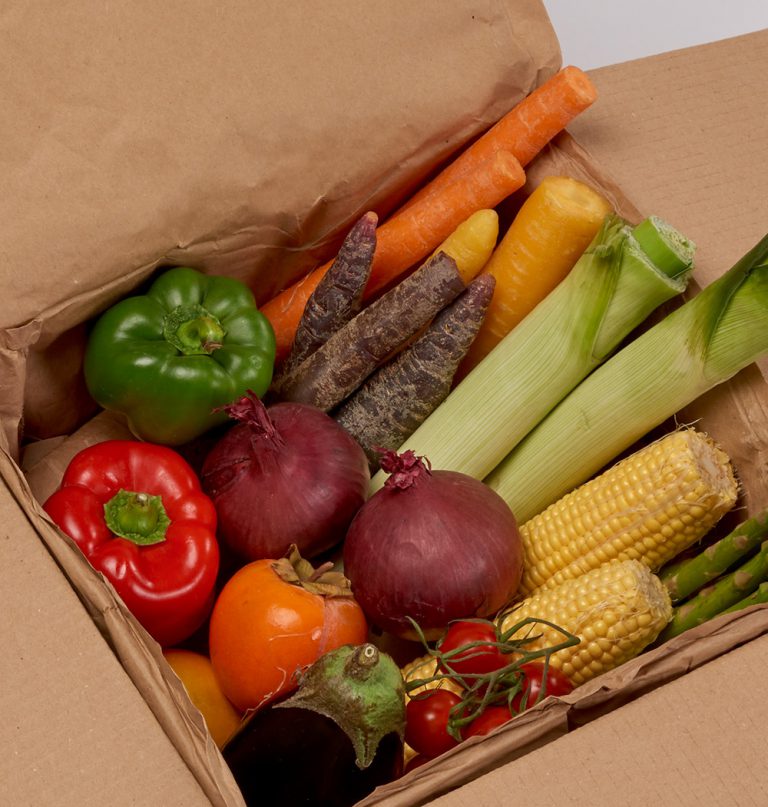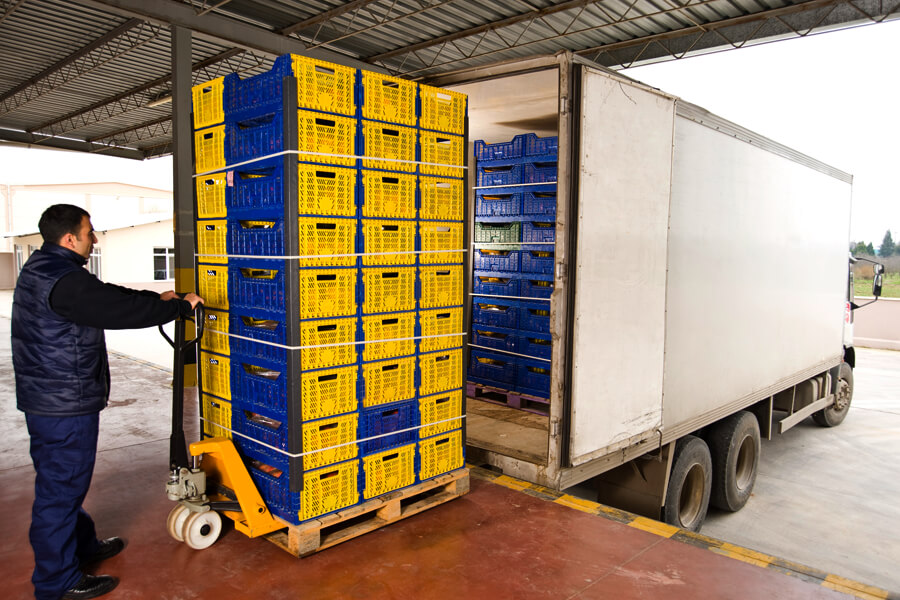

The medical products in the system are perishable, meaning that they become unusable beyond a certain expiry date. This study addresses a problem encountered in a nation-wide, large-scale healthcare supply chain that comprises several hundred medical organizations (hospitals, clinics, pharmacies, etc.) and provides highly advanced medical care to several million people. Maintaining temperature levels when transporting perishable cargo is vital for the goods’ integrity and quality.1Department of Management, Bar-Ilan University, Ramat Gan, Israel 2Department of Management, Clalit Health Insurance, TelAviv, IsraelĮmail: November 16 th, 2013 revised December 18 th, 2013 accepted January 12 th, 2014 Examples of perishable goods include vegetables, fruits, and flowers. Perishable goods are mainly temperature and time-sensitive, requiring a unique transportation mode that incorporates temperature-controlled areas. The airline is liable for disposing of products that are unsafe or unsanitary. UPS terms and conditions of perishable items state that any damages incurred during shipment will not be refunded by the airline. FedEx will need to verify and evaluate the packaging standard of the products. FedEx specializes in time-sensitive air freight gaining popularity and reliability among companies intending to ship perishable items.įedEx terms and conditions of perishable items indicate that products must be packaged 24 hours before shipment and should be done within the week (Zhao, Xiu, & Yu, 2021). FedEx is widely recognized for shipping cargo internationally, while UPS ships domestically in the U.S. At the same time, united parcel service (UPS) is also a cargo airline that closely competes with FedEx on cargo shipments. Federal Express Corporation, commonly known as FedEx Express, is a global cargo-based airline that also ships perishable goods. Several airlines conduct special cargos however, very few have specialized in perishable goods such as UPS and FedEx. The temperature areas are recorded using automatic temperature monitors and aircraft personnel checks for damaged goods. Perishable goods need to be handled using appropriate gear such as gloves and hairnets to reduce contamination risk. Aircraft hold regular staff training on the temperature-sensitive produce, and goods are checked using the shipping documentation to minimize errors (Pelletier et al., 2018). Handling, packaging, and aircraft requirements significantly contribute to the quality of products delivered and need to be qualified before transportation hence, essential to carry out the necessary procedure before loading. The perishable supply chain is one of the most delicate aspects of freight as there is a high risk of spoilage, loss of quality, and freshness of goods leading to mass loss. Material Handling Requirements, the Aircraft Requirements, And Specific Regulations The temperature of products is controlled using inbuilt specialized equipment specifically designed to maintain product quality. Specialized equipment is used for temperature control, storage, and packaging. The government has set rules and regulations of compliance concerning time-sensitive products however, these regulations majorly expound on the type of perishables, risk management, ground operations, and delivery (Bharti, 2020). The regulations and requirements of perishable cargo vary from airline to airline and the government. Perishable supply chain products are often transported in a frozen or cold environment.


Perishable products include vegetables, fruits, and flowers which deteriorate quality over time and in uncontrolled temperatures and humidity. Perishable goods should be monitored and controlled all through the freight process from the warehouse before transportation, and delivery of perishable goods to their point of destination.


 0 kommentar(er)
0 kommentar(er)
